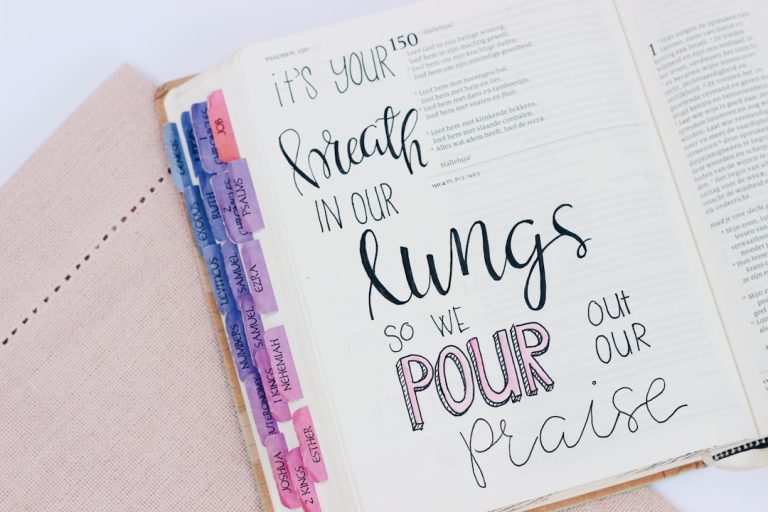I’ve been studying English for years and I’ve seen some pretty ridiculous mistakes made by native speakers. There’s so much more to being fluent in English than just learning the rules of grammar, and sometimes I think people forget that. When you start speaking English, you’ll inevitably encounter a number of grammatical mistakes, but with a little practice, you can learn to spot them quickly and correct them before they become a problem. It’s also important to learn the difference between using English correctly and speaking English well. The two are different, although they can overlap, and sometimes you may not even notice the difference. So here are my seven tips on how to speak better English.
STEP 1: Speak slowly and clearly
Speech patterns are very important when learning English. You don’t want to learn a language and be constantly mumbling because you’re nervous. Speaking slowly and clearly is the best way to get started, but you don’t have to stop there. You can also use body language to add more impact to your speech.
STEP 2: Use the right tone
You need to think about the different tones in your voice. There’s a reason why children can’t talk for long periods of time without making mistakes. They tend to speak with the same tone throughout their entire conversation.
You don’t want to do that, so you should try to mix up your tone. For example, when you are speaking with someone who has a low voice, you can use a higher pitch. If you are speaking with someone with a loud voice, you should use a lower pitch.
The same applies when you are speaking with someone who is a bit upset. Use a softer voice if they are calm, and vice versa.
STEP 3: Say exactly what you mean
If you are having a conversation with someone, you need to make sure that you say exactly what you mean. You can’t get away with saying something and then explaining it in the next sentence. It will sound very unnatural and not be very clear.
When you are speaking with someone, you should use simple sentences. Don’t use complicated sentences, because they won’t be easy for your listener to understand.
It’s also important to keep your sentences short. The same goes for your paragraphs. A good rule of thumb is to limit yourself to four sentences per paragraph.
STEP 4: Use correct English
You don’t have to know all the rules of grammar when you’re speaking English, but it’s important to learn the basic ones. You shouldn’t make any mistakes when speaking, so you need to practice.
You should avoid using words that are unfamiliar to you, and you should avoid using slang. You can look up these words in a dictionary, but it’s best to learn them from real people.
STEP 5: Use colloquialisms
You can use colloquialisms in your conversations with native speakers, but don’t overuse them. This isn’t the time to be using words like ‘like’ or ‘it’. You can use colloquialisms to make your conversations more fun, but they aren’t appropriate for all situations.
If you want to be understood, then you should avoid using them. It’s not always possible, but you shouldn’t use them unless you really know what you’re doing.
STEP 6: Use correct spelling
You should know how to spell correctly when you speak English, and you should know how to spell correctly when you write it. You may think that you don’t need to worry about this because you’ll just use a dictionary to look up the correct word, but that’s not the case.
Using a dictionary is a good way to get started, but you can only learn so much from a book. For example, you can learn the rules of grammar, but you will have trouble learning the difference between a noun and a verb.
STEP 7: Be more creative
You can use colloquialisms and slang to make your conversations more fun, but it’s important to remember that they are not appropriate in all situations. When you are speaking with a native speaker, you should try to sound more creative.
When you are speaking with someone who doesn’t understand you, it’s easy to become annoyed and angry. You should try to use different words that will make your listener smile, or maybe even laugh.
Thanks for reading!



